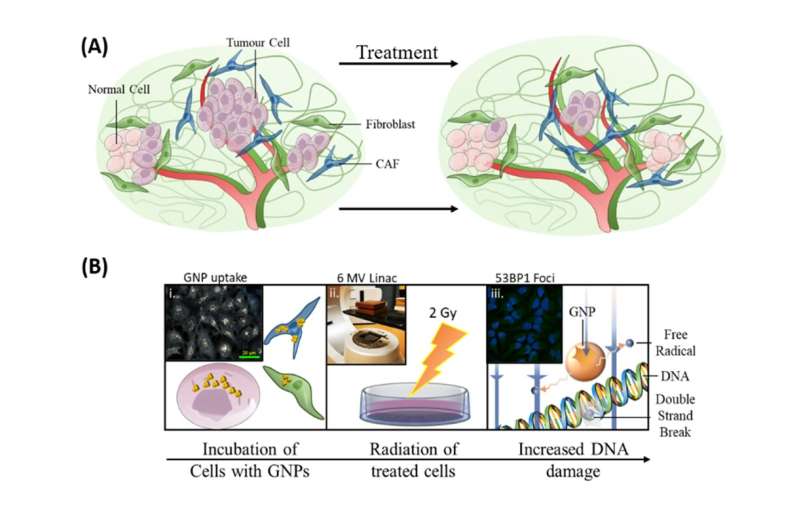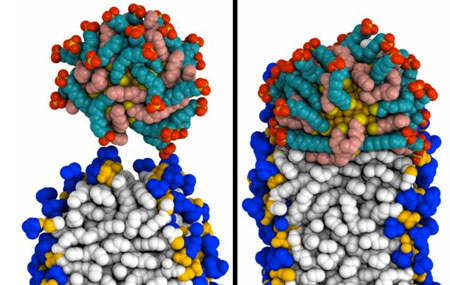Gold nanoparticles are able to cross the protective membranes around cells

Gold nanoparticles are able to cross the protective membranes around cells.

When it comes to the field of nanotechnology, gold nanoparticles have attracted significant attention due to their unique properties and potential applications. One fascinating fact about gold nanoparticles is their ability to cross the protective membranes surrounding cells, opening up new possibilities in medical research and drug delivery.
Gold nanoparticles are particles with sizes ranging from 1 to 100 nanometers. These particles can be easily synthesized in various shapes and sizes, giving them versatility in different applications. Their small size allows them to interact directly with biological molecules, making them suitable for biomedical purposes.
One of the outstanding characteristics of gold nanoparticles is their ability to pass through cellular membranes. Cell membranes act as barriers that protect the interior of cells from external substances. Typically, only small molecules can cross these membranes through passive diffusion, while larger molecules require active transport mechanisms.

In recent years, research has shown that gold nanoparticles can be internalized by cells through different mechanisms. These nanoparticles have been observed to cross cellular membranes both through active energy-dependent processes and passive diffusion. The exact mechanism depends on various factors, including the size, shape, surface charge, and coating of the nanoparticles.
The ability of gold nanoparticles to penetrate cellular membranes has opened up exciting possibilities in the field of medicine. Researchers have been exploring the potential of using gold nanoparticles in targeted drug delivery systems. By functionalizing the surface of gold nanoparticles with specific molecules, such as antibodies or ligands, they can be directed to specific cells or tissues in the body.
Moreover, gold nanoparticles have been investigated for their use in diagnostics and imaging techniques. Due to their unique optical properties, these nanoparticles can interact with light and emit or scatter different wavelengths. This allows them to be used as contrast agents in imaging techniques, enabling researchers and medical professionals to visualize cells and tissues with greater clarity.
While gold nanoparticles offer tremendous potential in various applications, their interactions with cells and biological systems are still being extensively researched. Understanding the precise mechanism of how gold nanoparticles cross cellular membranes and their long-term effects on cell health is crucial for their safe and effective use in medical applications.
In conclusion, gold nanoparticles possess the remarkable ability to cross the protective membranes around cells. This unique characteristic opens up new possibilities in the fields of drug delivery, diagnostics, and imaging. Further research and exploration in this area are essential to fully harness the potential of gold nanoparticles for medical advancements.
Sources:
Tags
Share
Related Posts
Quick Links
Legal Stuff

